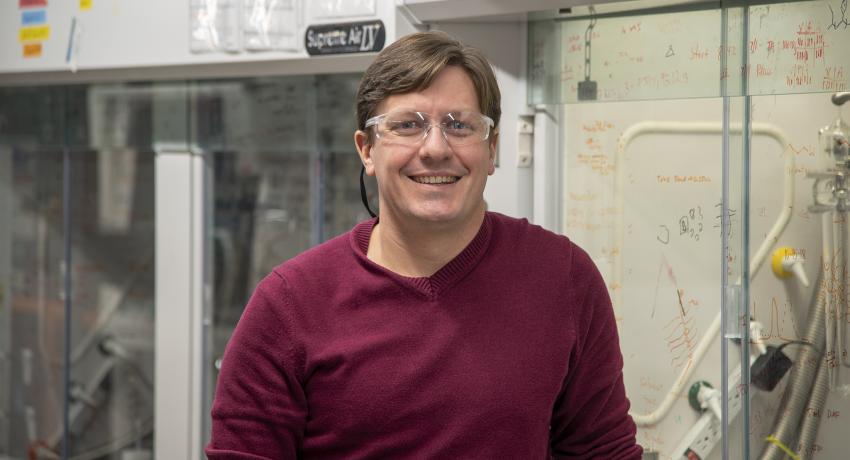Shrinking materials hold big potential for smart devices, researchers say
Wearable electronics could be more wearable, according to a research team at Penn State. The researchers developed a scalable, versatile approach to designing and fabricating wireless, internet-enabled electronic systems that can better adapt to 3D surfaces, like the human body or common household items, paving the path for more precise health monitoring or household automation, such as a smart recliner that can monitor and correct poor sitting habits to improve circulation and prevent long-term problems.










